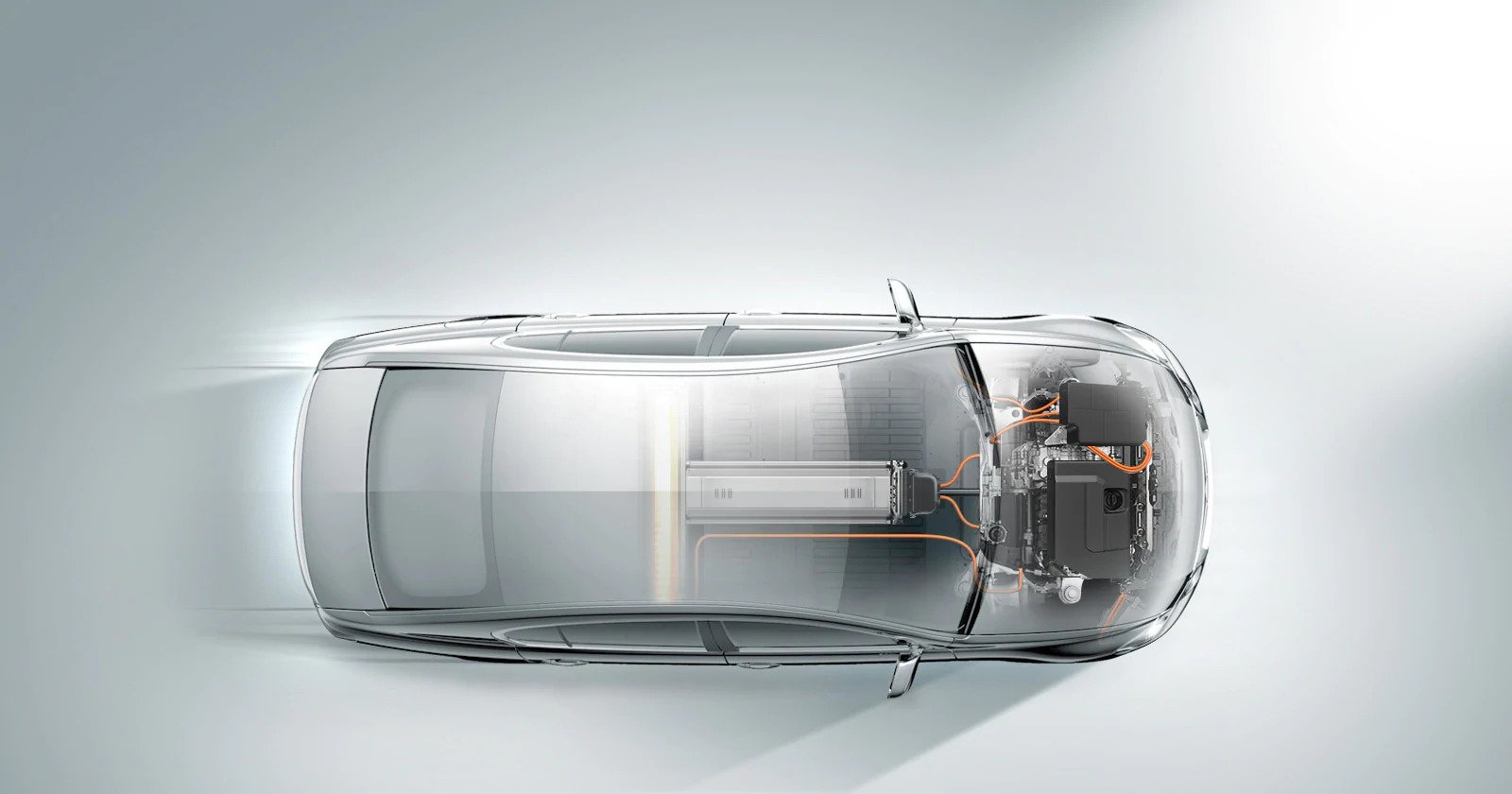The vehicle electrification market involves products that help increase the fuel efficiency of vehicles and reduce emissions. These include hybrid electric vehicles (HEVs), plug-in hybrid electric vehicles (PHEVs), battery electric vehicles (BEVs), and fuel cell electric vehicles (FCEVs). HEVs have both an internal combustion engine and an electric motor, with the electric motor assisting the gasoline engine to boost fuel efficiency. PHEVs can be charged through an external electricity source like a plug and have longer electric range than HEVs. BEVs run entirely on electricity stored in an onboard battery and have zero tailpipe emissions. FCEVs use hydrogen as fuel to power electric motors and emit only water vapor.
The global vehicle electrification market is estimated to be valued at US$ 84.41 Bn in 2023 and is expected to exhibit a CAGR of 5.9% over the forecast period 2023 to 2030, as highlighted in a new report published by Coherent Market Insights. With growing environmental concerns and stringent emission norms, automakers are increasingly focusing on developing more fuel-efficient and eco-friendly vehicles. Government incentives and subsidies are also promoting adoption of electric vehicles. Rising fuel costs and awareness about long-term cost savings of electric vehicles compared to internal combustion engine vehicles is driving demand for electrified vehicles globally.
Market key trends
Battery Cost and Performance: One of the major constraints in widespread adoption of battery electric vehicles has been the high cost and limited range of batteries. Continuous research and development is helping improve battery technology and bring down costs. Developments in lithium-ion battery chemistries and solid-state batteries promise to significantly boost the driving range of future EVs.
Charging Infrastructure: Lack of adequate public charging infrastructure is another challenge inhibiting electric vehicle adoption. However, governments across regions are investing heavily in building more EV charging stations to address ‘range anxiety’ concerns and encourage customers to switch to electric mobility. Standardization of charging connectors and protocols is also helping simplify the EV charging experience.
Government Policies and Subsidies: Favorable government policies promoting electric vehicles through direct purchase incentives and subsidies as well as regulations to discourage use of internal combustion engine vehicles are major drivers for the automotive electrification industry. Many countries have announced plans to ban sales of new gasoline/diesel cars by 2030-2040 timelines.
Porter’s Analysis
Threat of new entrants: The threat of new entrants in the vehicle electrification market is moderate. High capital requirements and the need for rigorous testing pose barriers for new companies. However, decreased battery costs and support from governments are enabling new startups.
Bargaining power of buyers: The bargaining power of buyers in the vehicle electrification market is high. Buyers have a variety of product options from different automakers. Switching costs for buyers are also low.
Bargaining power of suppliers: The bargaining power of suppliers is moderate as battery producers and electronics makers can influence prices. However, growing number of suppliers and technology advancement is helping automakers source competitive components.
Threat of substitutes: Threat of substitutes is moderate as hybrid vehicles provide an alternative. However, full EVs and plug-in hybrids offer superior performance and emissions reduction over traditional ICE vehicles.
Competitive rivalry: Competition in the vehicle electrification market is high among automakers as they launch new electric models and make huge investments to scale up production. Differentiation is emerging based on drivetrain design, charging networks, and service/repair capabilities.
Key Takeaways
The Global Vehicle Electrification Market Size is expected to witness high growth over the forecast period as countries implement stricter emission norms and offer incentives for electric vehicle adoption.
Regional analysis: Europe dominates the global vehicle electrification market currently owing to supportive policies and presence of leading automakers like Volkswagen and BMW. However, China is expected to take the top spot aided by its huge production and sale of electric vehicles led by manufacturers like BYD and SAIC Motor. The U.S market is also picking up speed with electric pickup trucks and SUVs by Ford and GM.
Key players operating in the vehicle electrification market are Tesla, Volkswagen, BYD, BMW, GM, Ford, Toyota, Nissan, Hyundai-Kia and Daimler. Majority of these players are investing heavily in scalable platforms for multiple EV models and charging infrastructure to strengthen their foothold. Partnerships are also being formed for battery technology advancement and production to cater to growing demand.
*Note:
1. Source: Coherent Market Insights, Public sources, Desk research
2. We have leveraged AI tools to mine information and compile it



